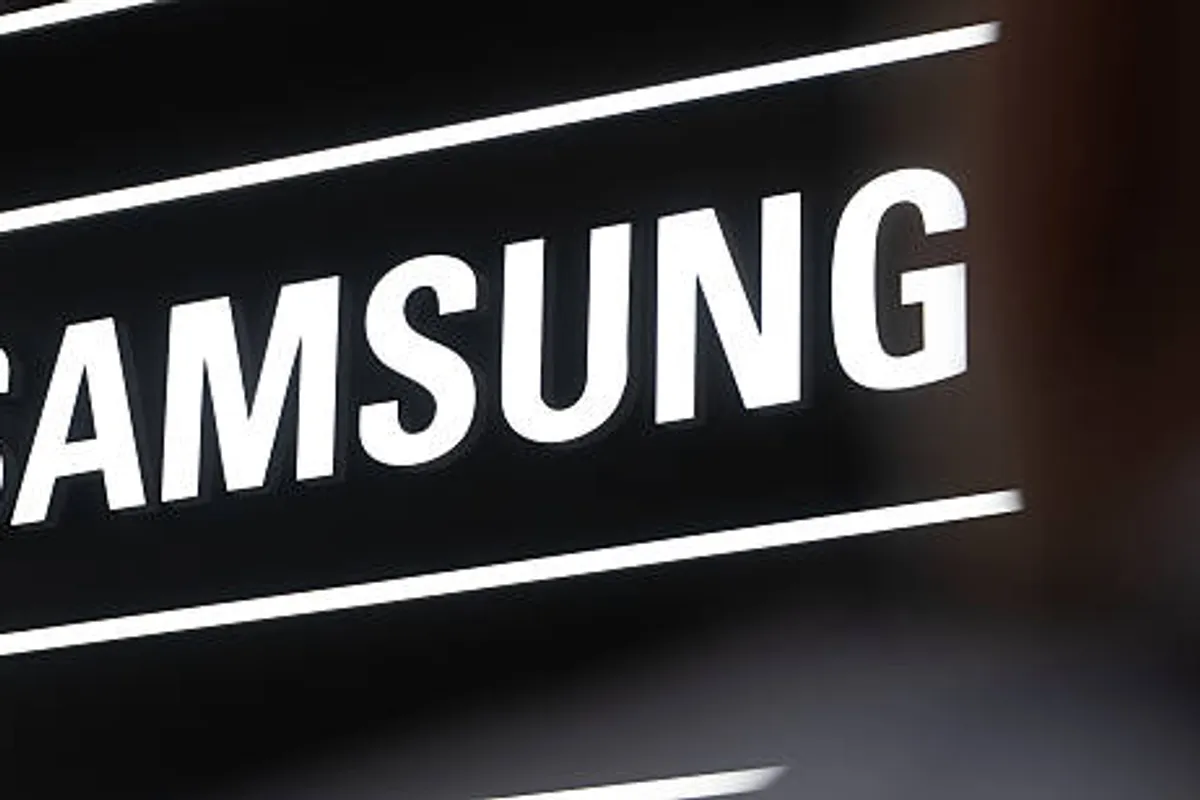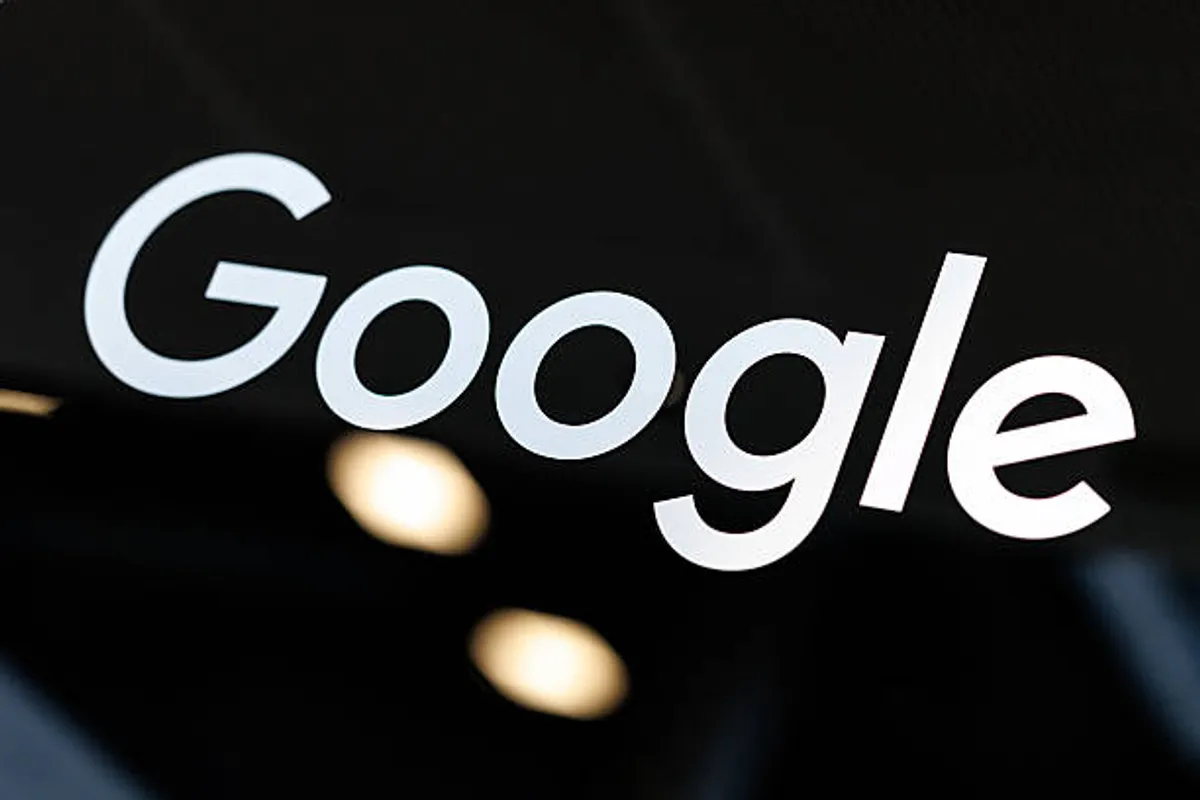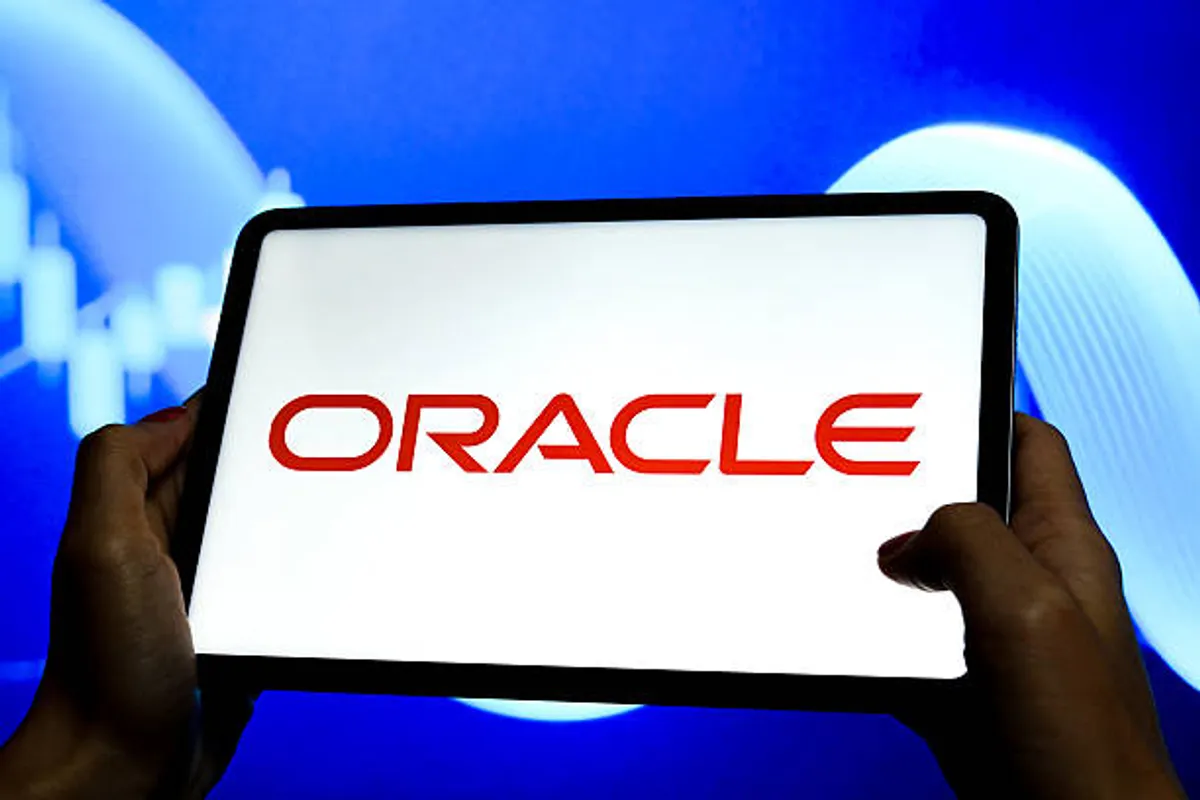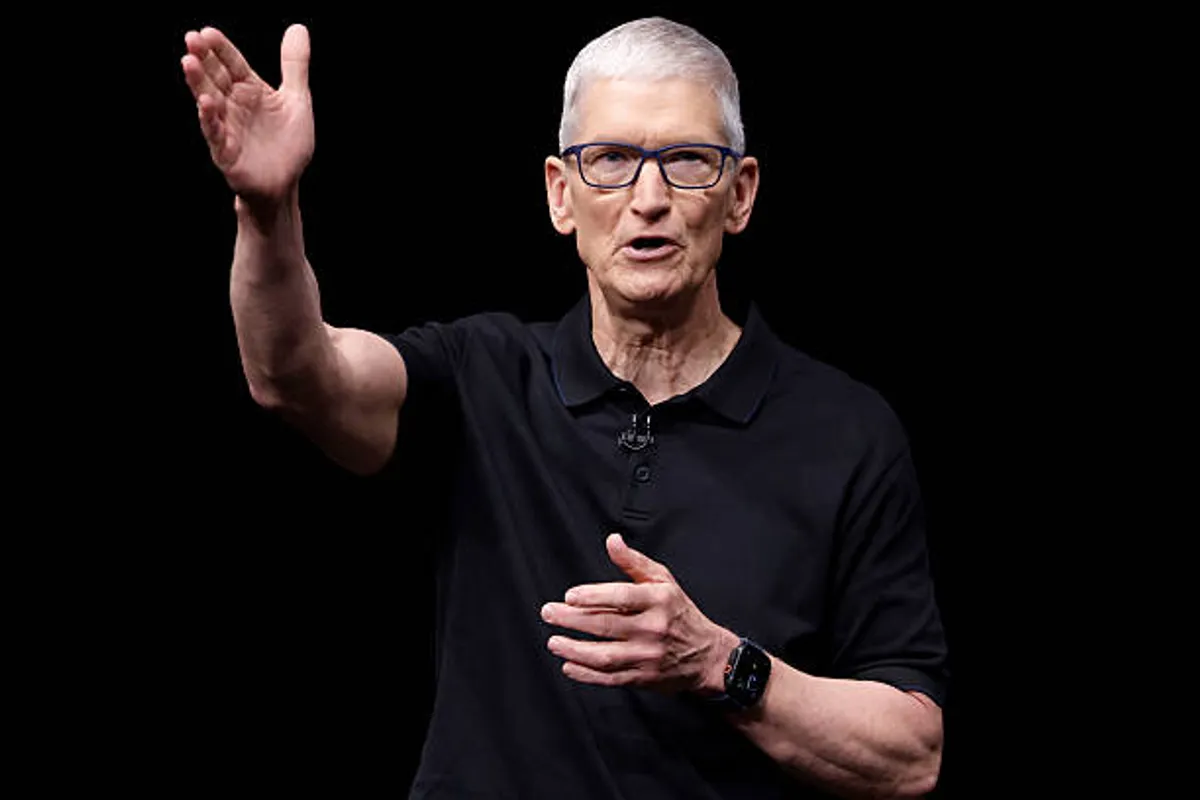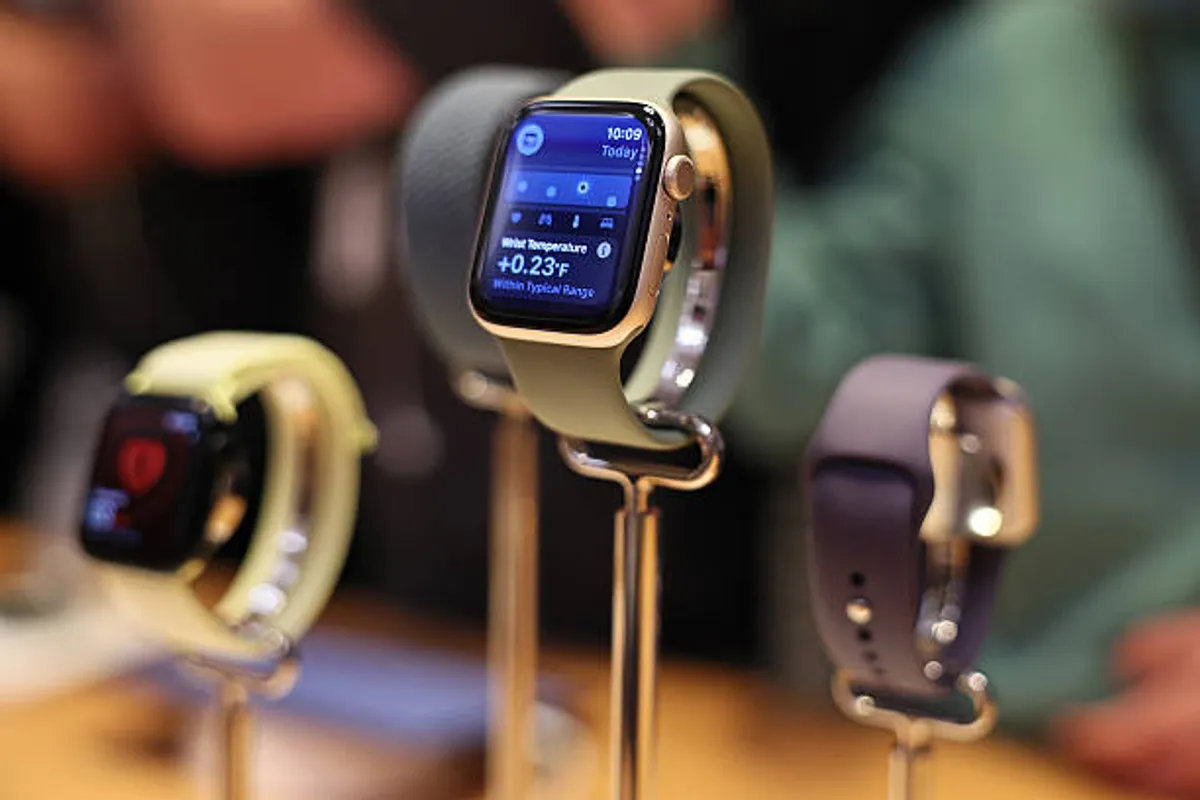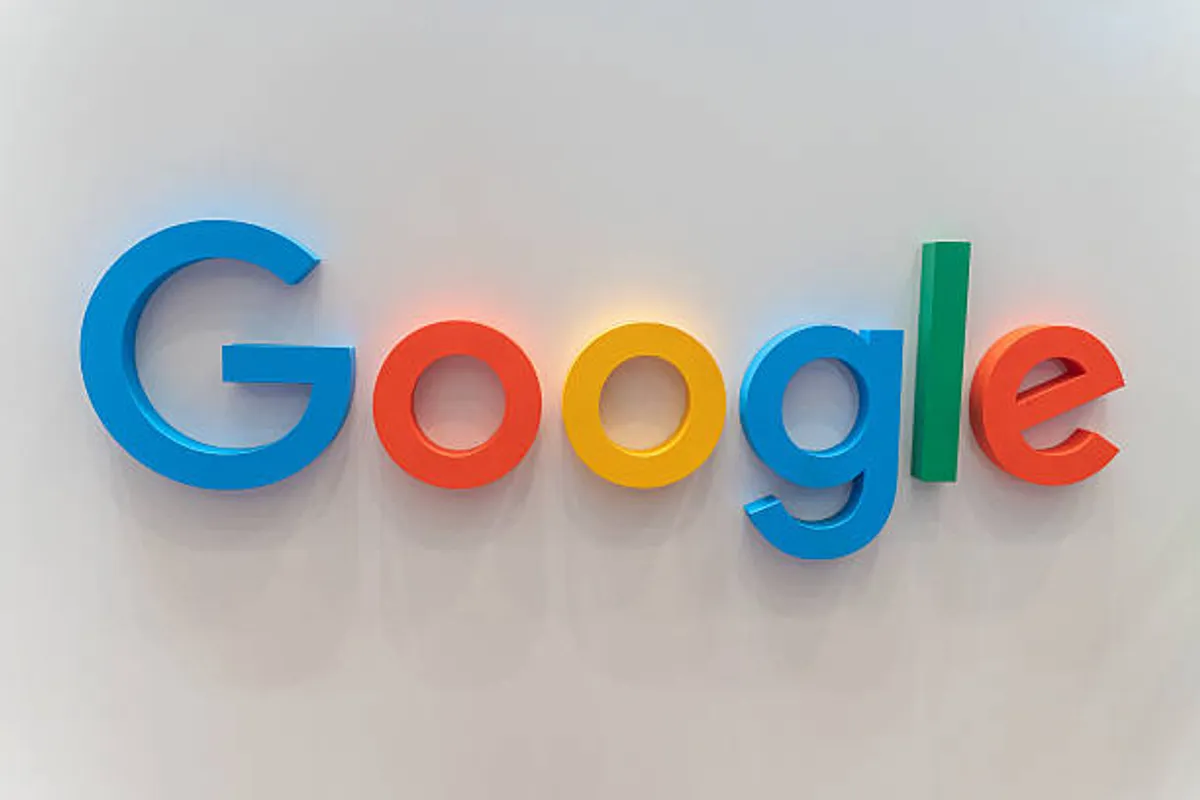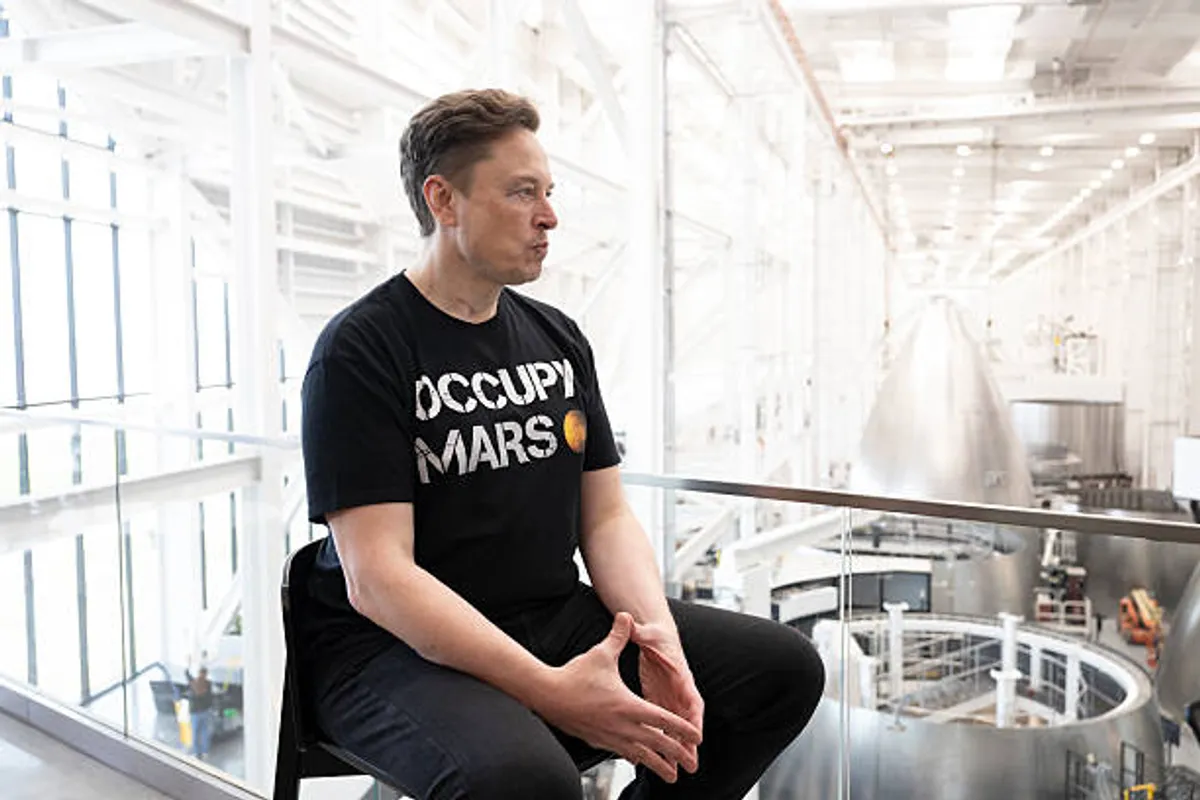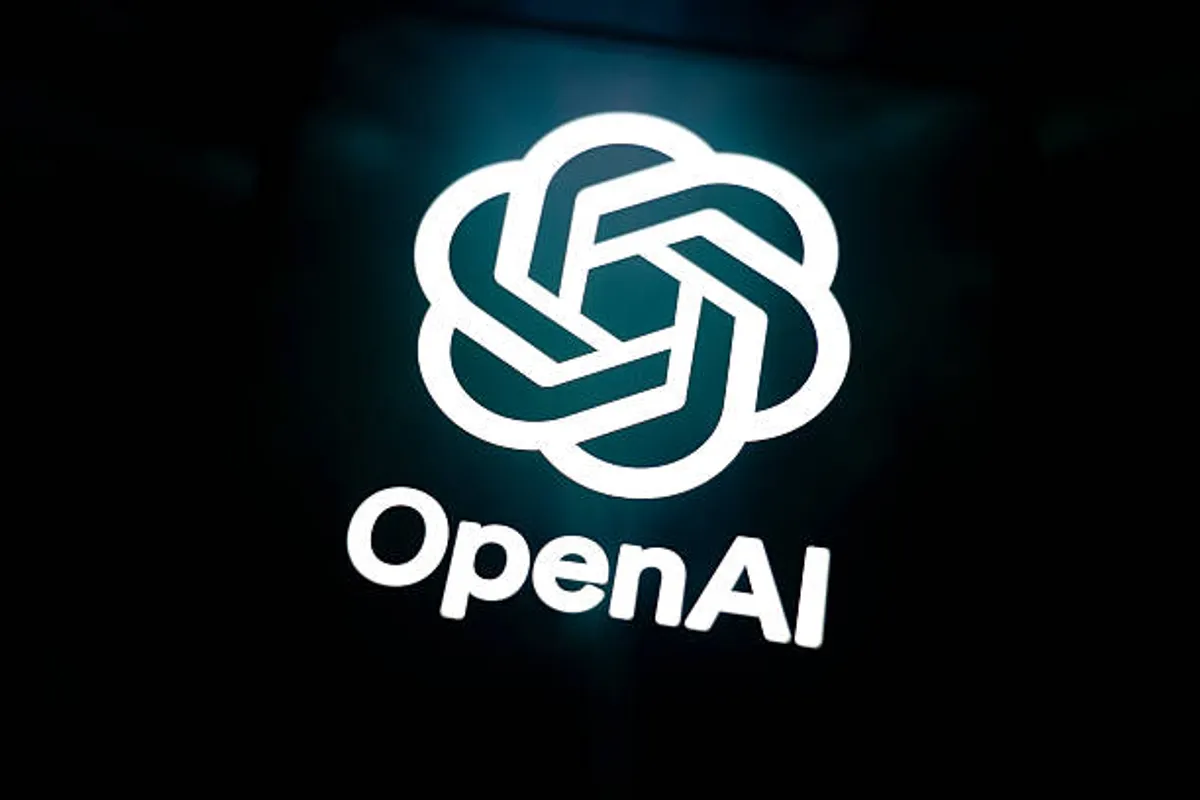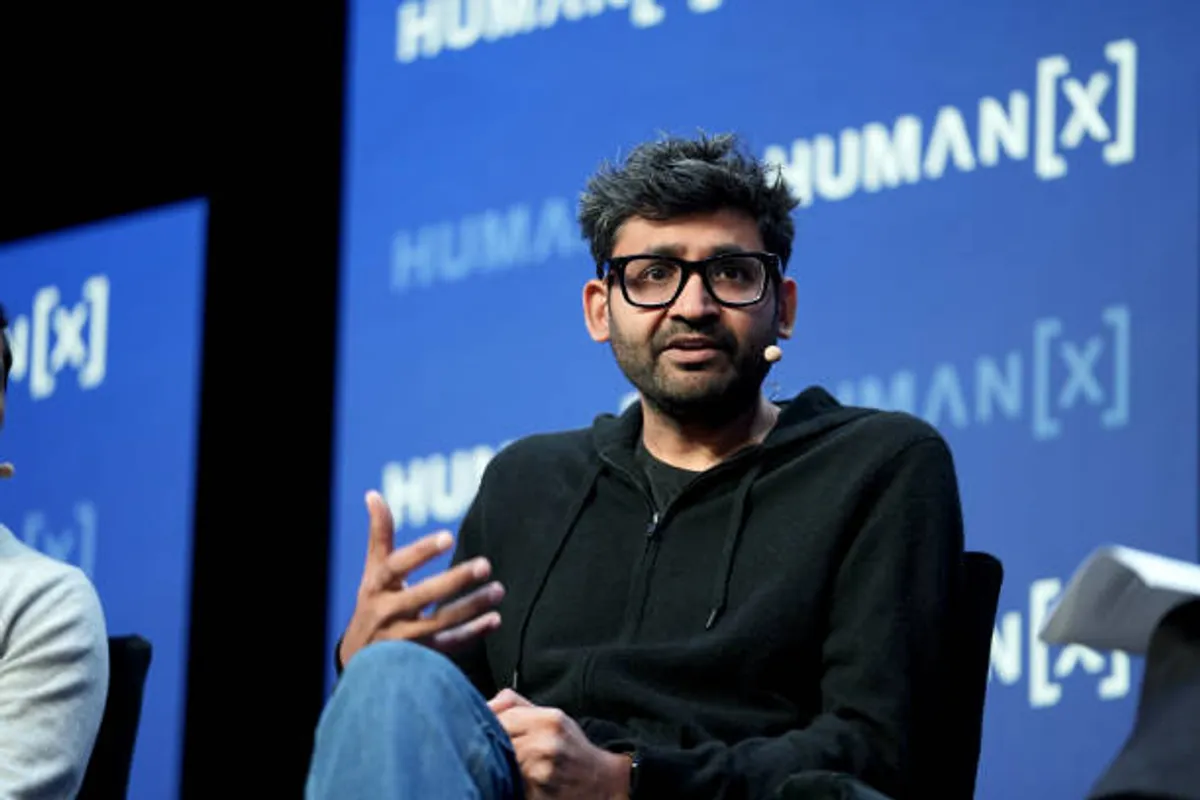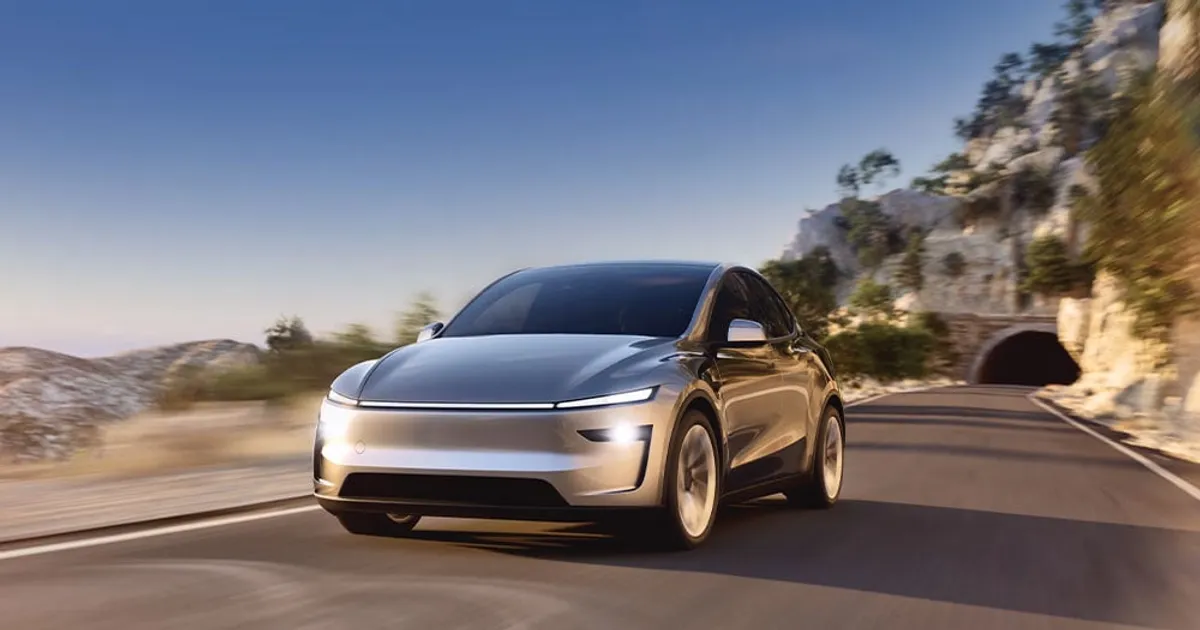
Watch Tesla’s Car Drive Itself to Its New Owner — No Driver, No Remote, Just AI

GeokHub
Contributing Writer
In a groundbreaking milestone for automotive innovation, Tesla has completed the world’s first fully autonomous vehicle delivery. A brand-new Model Y drove itself from Tesla’s Gigafactory in Austin directly to its new owner’s home—without a human driver, remote operator, or safety supervisor.
Tesla CEO Elon Musk confirmed the achievement in a post, calling it a “historic moment for autonomy.”
“The first fully autonomous delivery of a Tesla Model Y from factory to customer home … just completed. No one touched the wheel,” Musk wrote.
The vehicle traveled over 15 miles through a mix of industrial zones, city streets, and highway stretches using Tesla’s Full Self-Driving (FSD) v12 system. The car obeyed traffic lights, merged with high-speed traffic, and even navigated complex intersections—all without any human input.
Tesla AI Director Ashok Elluswamy shared that the car hit speeds of up to 72 mph (115 km/h) and completed the journey in roughly 30 minutes, documenting the entire experience on video.
Watch the full delivery footage:
What Makes This Delivery Different?
While competitors like Waymo and Cruise have tested driverless vehicles, they’ve done so in controlled environments with remote monitoring or fixed routes. What sets Tesla’s delivery apart:
- No safety driver or remote operator
- No mapped route or geofencing
- Real-time decision-making on public roads
- Direct-to-consumer delivery of a private vehicle
This marks the first time a car has driven off the production line and delivered itself to a private owner with no human involvement from start to finish.
Industry and Investor Reaction
Tesla’s achievement has drawn swift reaction from both the automotive and tech sectors:
- Investors applauded the breakthrough, with Tesla stock rising more than 6% following Musk’s post.
- Industry experts hailed the delivery as a “game-changer” in the race toward Level 4 and Level 5 vehicle autonomy.
- Regulatory agencies, including the U.S. National Highway Traffic Safety Administration (NHTSA), are reportedly reviewing the event to ensure public safety standards were met.
Is Full Autonomy Finally Here?
Not quite. While Tesla markets its software as “Full Self-Driving,” it remains classified as Level 2 driver assistance under U.S. safety standards. That means drivers are still legally required to supervise the vehicle during use—except in approved pilot programs.
However, this unsupervised delivery test signals that Tesla may soon seek certification for higher autonomy levels—especially as it prepares for its highly anticipated Robotaxi launch later this year.
Tesla’s autonomous delivery marks more than a marketing stunt—it’s a bold step toward redefining vehicle ownership and logistics. Whether this will accelerate public trust or invite deeper regulatory scrutiny remains to be seen. One thing is certain: the road to the future just got a lot more real.
